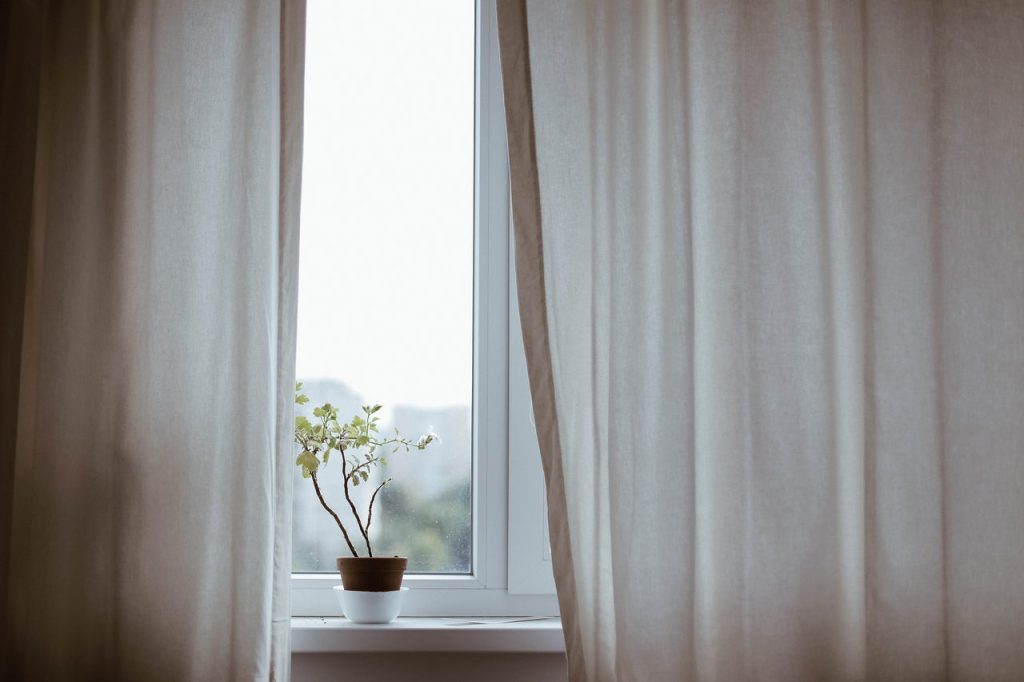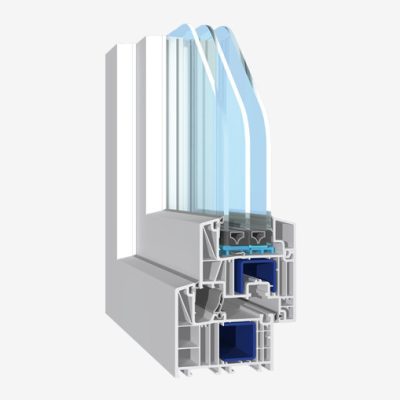
The window sill is an integral part of the window – it is not only an elegant finish, but also a very important part of the window. They successfully drain rainwater and impurities that could accumulate around the window and cause slow leaching of the wall, the development of algae and microorganisms that can have a destructive effect on the structure.
What materials are used to make window sills?
Window sills are mainly made of plastic and sheet metal, but there are also natural and artificial stone options. Individual criteria allow us to choose between many designs and colours that will give our home a unique character.
The material of the window sill is a very important choice:
- Steel – the most popular choice, low price and high durability. Window sills are made of galvanised steel with a thickness of about 0.8 cm. Unfortunately, they scratch easily and spoil the overall appearance of the house. In such cases, they are most often replaced with granite ones. Aluminium window sills can also help – they are more resistant to scratches, but slightly more expensive. Their big disadvantage is acoustics, the sound of an impact on them is very easily transmitted.
- Ceramics – very durable, excellent sound dampening. Their disadvantage is their high price, even higher than granite, which is comparatively more durable. A damaged ceramic window sill can only be replaced; it cannot be repaired in an unnoticeable way.
- PVC – economical, but they change colour when exposed to the sun and rain – they fade very badly.
- Granite – very good value for money. Very durable and resistant.
- Agglomerate – resin and stone powder. Weather-resistant and does not absorb water.
- Stone – very durable, weather-resistant. It requires impregnation once every few years, and dirt is practically invisible on it.
Internal window sills – role and materials
Internal window sills also protect walls from damage, but their aesthetic and functional aspects are also important. A window sill that matches the interior allows for a satisfying perception of the entire room’s design. An interior window sill also serves as a place where potted plants are grown and various decorations are placed, while in rooms such as the bathroom or kitchen it can be used to store items.
Internal window sills are usually made of natural or artificial stone, but plastic is also often chosen because it is extremely functional and easy to clean.
The choice of the right window sill depends on its function, appearance, material and the buyer’s sense of aesthetics. There are various types of window sills available on the market in many different colours, widths and finishes:
- Natural stone – the most expensive, mainly made of granite, but not exclusively. Not everyone is a fan of this material because of its association with gravestones… marble is very elegant, but it requires maintenance, which must be repeated.
- Agglomerate – made of natural aggregate with pigment and polyester resin. It resembles stone in appearance, but it is lighter, resistant to water and chemicals, and also much more economical.
- Wood – made of solid wood or plywood, which is more resistant to temperature changes and moisture compared to solid wood. Beautiful and solid, but unfortunately, the colour may not match some window shades.
- PVC – very cheap, functional, easy to clean and maintain, resistant to many factors.
The colour of the windowsill is a very individual matter, also a question of matching the interior of the room. However, it is worth paying attention to the thickness of the windowsill, which can affect the overall perception of the design.
Read also:



